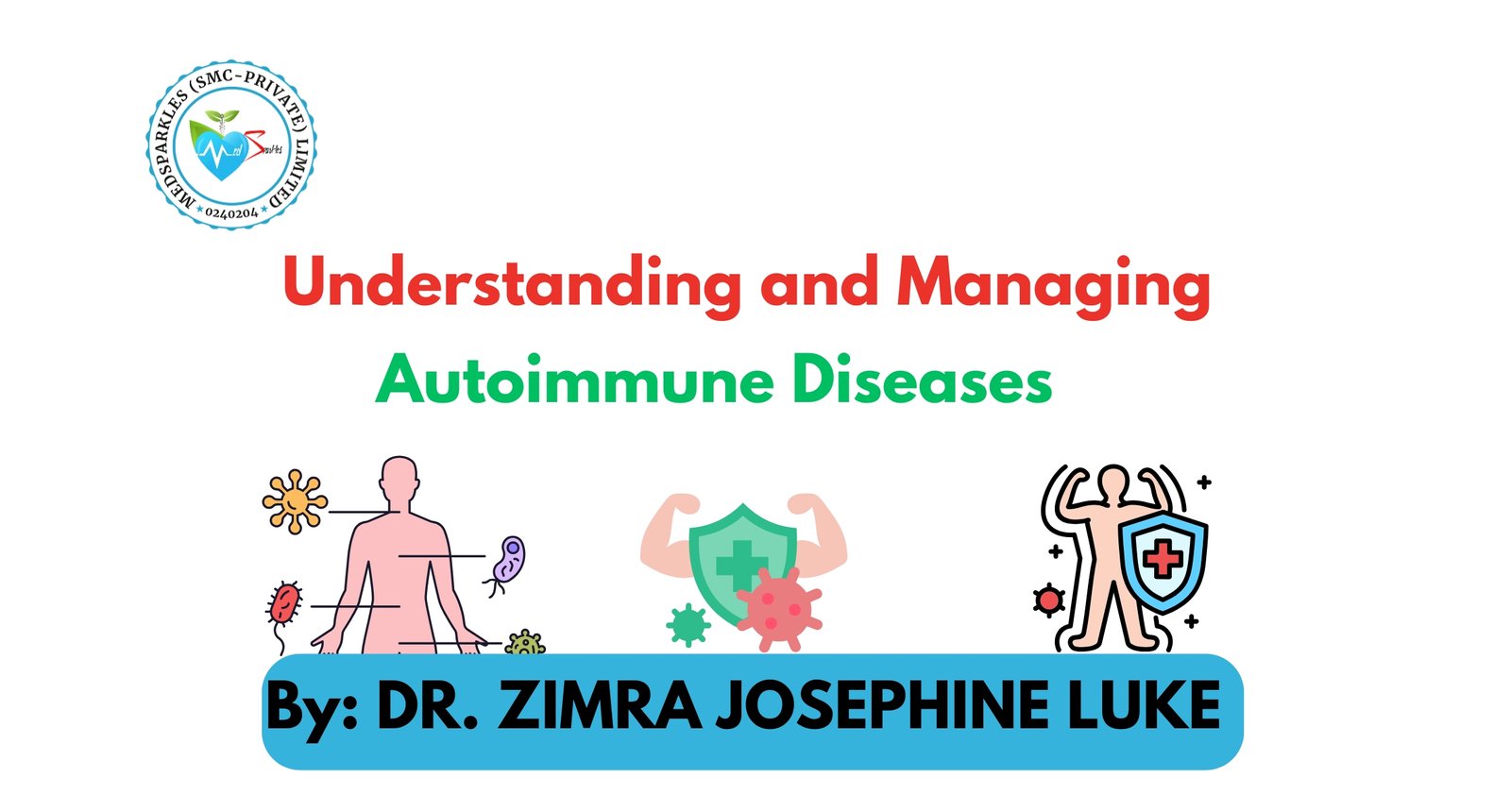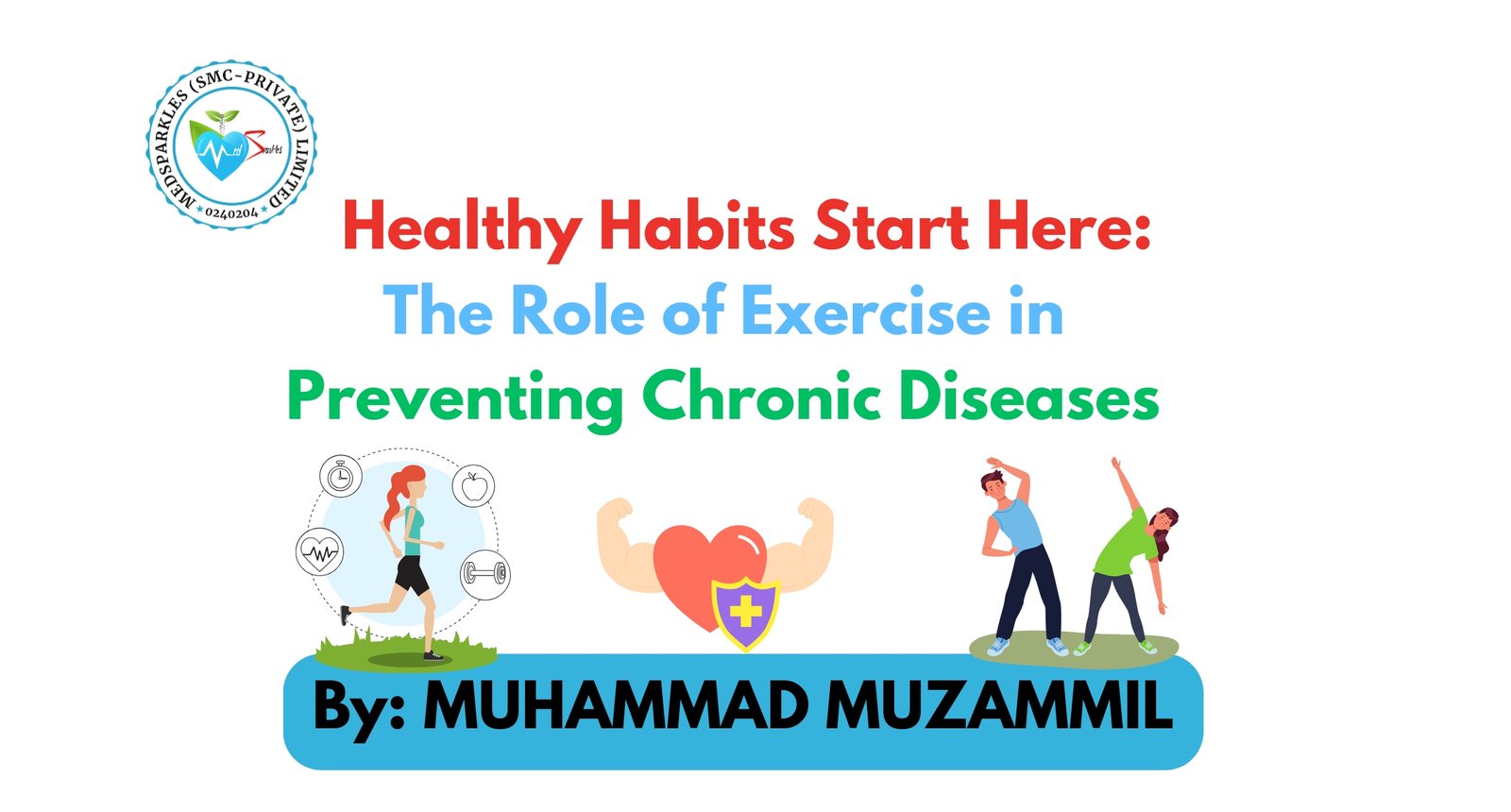
Introduction
Acupuncture, an ancient practice originating from Traditional Chinese Medicine (TCM), has gained widespread popularity worldwide as a complementary treatment for various ailments. It involves inserting thin needles at specific points on the body to stimulate energy flow, or “Qi,” and promote healing. Despite its long history, acupuncture’s place in modern medicine has been a subject of ongoing research and debate. This article delves into the historical roots, scientific understanding, benefits, risks, and potential side effects of acupuncture.
History of Acupuncture
Acupuncture has a history spanning over 2,000 years, with its origins in China. The first written records of acupuncture appear in the “Huangdi Neijing” (The Yellow Emperor’s Classic of Medicine), a foundational text in Chinese medicine dating back to around 100 BCE. The practice spread throughout Asia, including Japan, Korea, and Vietnam, before reaching Europe and the United States in the 17th and 18th centuries.
Traditionally, acupuncture was based on the belief that health is governed by the balance of Qi (energy) within the body. When Qi becomes blocked or imbalanced, illness arises. Acupuncture was thought to restore balance by stimulating specific points on the body, called acupoints, along pathways known as meridians.
How Acupuncture Works: Scientific Facts
Acupuncture is primarily focused on stimulating certain points on the skin to release blockages in energy flow. Modern scientific research has provided some insights into how acupuncture may work. While there is no definitive explanation for its mechanism, a few hypotheses have emerged:
- Neurotransmitter Release: Studies suggest that acupuncture may stimulate the nervous system to release endorphins and other neurotransmitters, which help alleviate pain and promote healing.
- Circulation Improvement: Acupuncture may enhance blood flow to specific areas, aiding in tissue repair and reducing inflammation.
- Regulation of Brain Activity: Research indicates that acupuncture can influence the brain’s pain-regulating areas, helping manage chronic pain conditions such as arthritis, migraines, and back pain.
Some scientific studies have confirmed acupuncture’s effectiveness for certain conditions, such as chronic pain and nausea. However, the precise mechanisms of how acupuncture works remain unclear, and further research is required.
Benefits of Acupuncture
- Pain Relief: Acupuncture is most commonly used for pain management. It has been shown to be effective in treating conditions like back pain, osteoarthritis, and migraines. A 2012 study published in Archives of Internal Medicine found that acupuncture significantly reduced pain in individuals suffering from chronic pain.
- Stress Reduction and Anxiety: Acupuncture may help alleviate stress and anxiety by triggering the release of endorphins, which are natural mood enhancers. A 2013 review in the Journal of Acupuncture and Meridian Studies found acupuncture to be effective in reducing anxiety levels.

3.Improvement in Sleep: By regulating the body’s energy flow and promoting relaxation, acupuncture has been reported to improve sleep quality in individuals suffering from insomnia.
4. Nausea and Vomiting Relief: Acupuncture is commonly used to treat nausea and vomiting, especially in patients undergoing chemotherapy. The World Health Organization (WHO) recognizes acupuncture as an effective treatment for nausea.
Risks and Side Effects of Acupuncture
While acupuncture is generally considered safe when performed by trained practitioners, there are some risks and side effects to be aware of:
- Infection: If needles are not properly sterilized, there is a risk of infection. It is crucial to ensure that the acupuncturist uses sterile, disposable needles.
- Bruising or Bleeding: Some patients may experience minor bruising or bleeding at the needle insertion sites.
- Dizziness or Lightheadedness: Some individuals may feel dizzy or faint during or after an acupuncture session.

4.Nerve Damage: In rare cases, acupuncture needles may be inserted too deeply or inappropriately, leading to nerve damage.
5.Worsening of Symptoms: In certain cases, acupuncture may cause a temporary exacerbation of symptoms before improvement occurs.
Conclusion
Acupuncture is a practice with deep historical roots that continues to intrigue both the public and the scientific community. While much of its mechanism remains unexplained, research has shown that acupuncture may provide significant benefits, especially for pain relief, stress reduction, and nausea management. As with any medical treatment, it is essential to seek care from a qualified and licensed acupuncturist to minimize risks and maximize benefits. Overall, acupuncture serves as a promising complementary treatment that may be a valuable option for certain conditions, but it should not replace conventional medical care.
FAQs
1. Is acupuncture scientifically proven to be effective?
While acupuncture has shown effectiveness for conditions like chronic pain, migraines, and nausea, the exact mechanisms are still not fully understood. Some studies suggest it works by stimulating the nervous system to release pain-relieving chemicals like endorphins. However, more research is needed for conclusive evidence in other areas.
2. What conditions can acupuncture treat?
Acupuncture is commonly used for pain relief, stress reduction, anxiety, migraines, nausea (especially chemotherapy-induced nausea), and sleep disorders. The World Health Organization (WHO) has recognized acupuncture as beneficial for various conditions, but its effectiveness varies from person to person.
3. Are there any risks or side effects of acupuncture?
Acupuncture is generally safe when performed by a trained practitioner. However, potential side effects include minor bruising, bleeding at the needle insertion site, dizziness, infection (if non-sterile needles are used), and, in rare cases, nerve damage.
4. How many acupuncture sessions are needed to see results?
The number of sessions required depends on the condition being treated and the individual’s response to acupuncture. Some people experience relief after just one session, while others may need multiple sessions over weeks or months for lasting effects.
5. Can acupuncture replace conventional medical treatments?
No, acupuncture should be used as a complementary treatment rather than a replacement for conventional medical care. While it can help manage symptoms, serious medical conditions should always be diagnosed and treated by a healthcare professional.
References
- Vickers, A., et al. (2012). Acupuncture for chronic pain: individual patient data meta-analysis. Archives of Internal Medicine.
- Lee, J. H., et al. (2013). Acupuncture for acute low back pain: a systematic review. Journal of Acupuncture and Meridian Studies.
- World Health Organization. (2003). Acupuncture: Review and Analysis of Reports on Controlled Clinical Trials.






